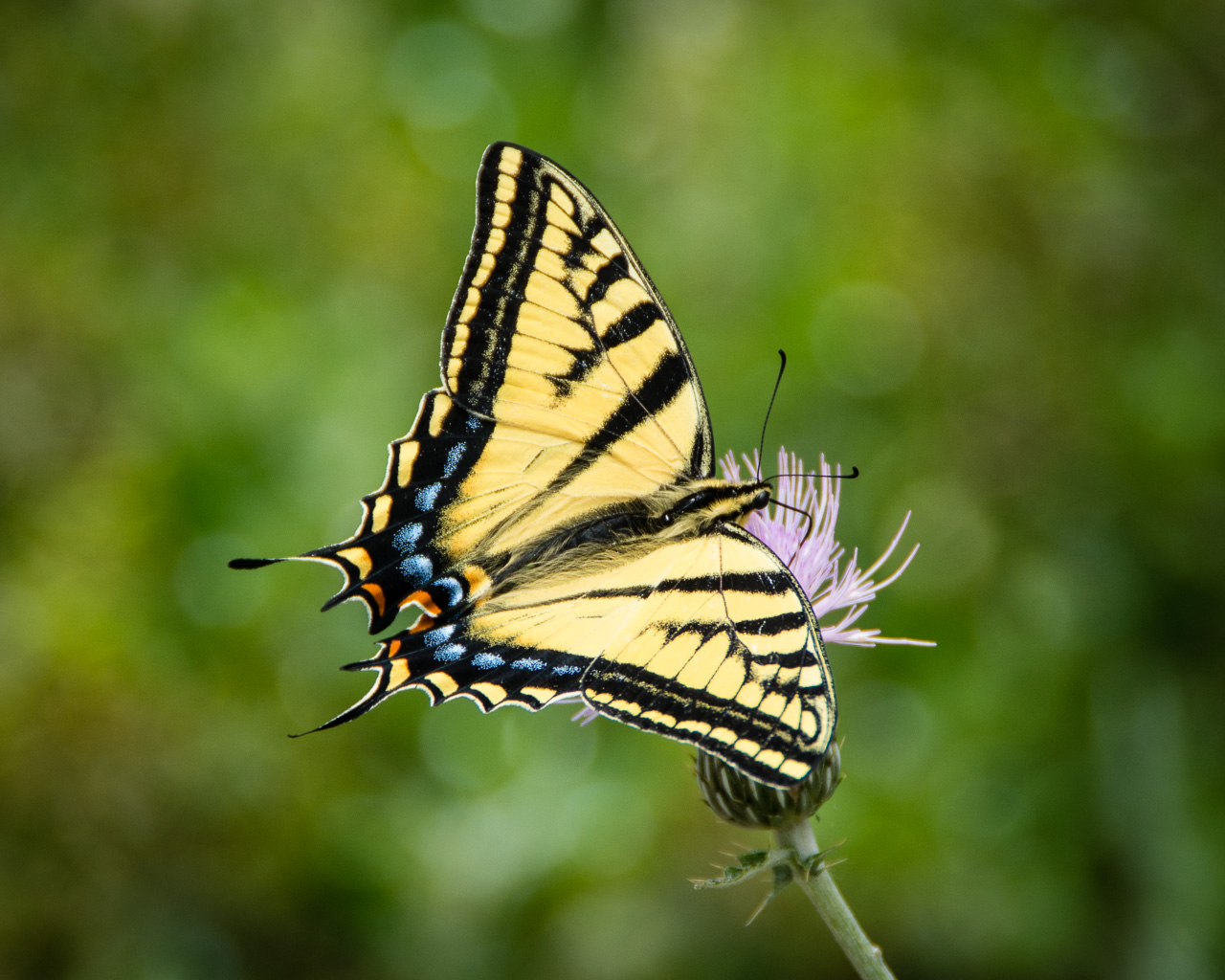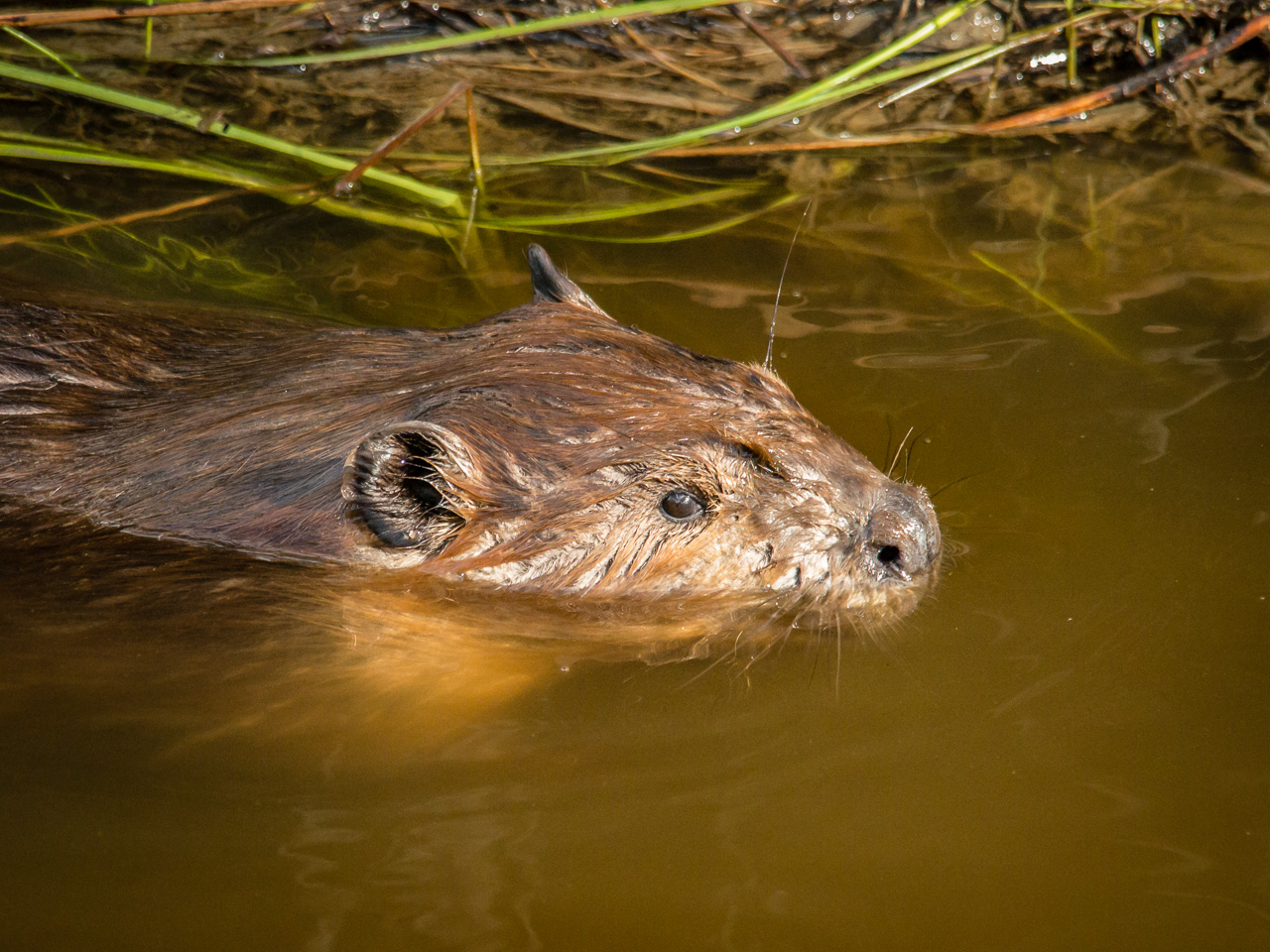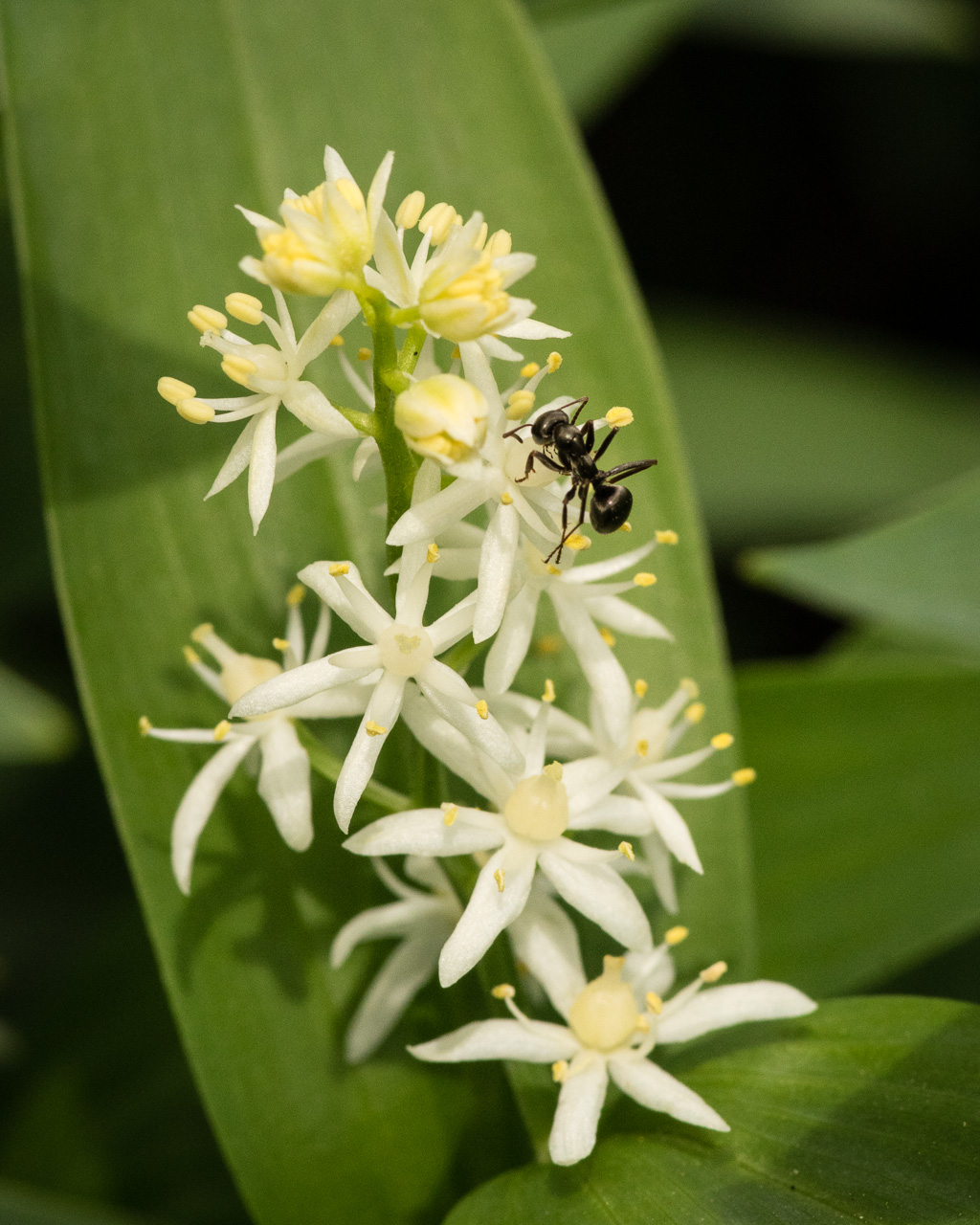“You can protect the Northeast Swale as much as you want, but if you can’t preserve the dark
there will be a mass wildlife migration.”
.jpg) |
| SaskMap (Cinzano) |
We take light for granted – 24 hours a day. We chase away the dark with digital clocks beside our beds and security lights over our doors. And we are paying the price. We’re gobbling up electricity, endangering our wildlife, and losing the stars.
19% of electrical energy (1) produced in Saskatchewan is used to keep the lights on and yet so much of it is wasted by keeping offices, parking lots, and streets lit even when they are deserted. We spend $90 to $115 billion annually worldwide on wasted light, $45 to $100 million in Canada, and over $500,000 per year in Saskatoon (2).
We design more energy-efficient lights, but that just motivates us to use more of them. In the United Kingdom, from 1950 to 2000, lights became twice as efficient at producing light, but
per capita electricity consumption for lighting increased fourfold. Saskatoon’s population is growing at approximately 3% per year, but our light pollution increases by 7% annually.
What is light pollution?
Rick Huziak is a member of the Saskatchewan Light Pollution Abatement Committee, a committee of the
Royal Astronomical Society of Canada, Saskatoon & Regina Centres. He says that astronomers in Arizona were the first to notice the rapid increase in night-time lighting. The most advanced observatory in the United States was over 100 miles from Tucson, but it was threatened with closure because Tucson – and its light dome – was growing so rapidly.
The
International Dark Sky Association was established in Tucson in 1988. They promote one very simple idea: light what you need, when you need it. Their website states, “We know some light at night is necessary for safety and recreation. We work with manufacturers, planners, legislators, and citizens to provide energy efficient options that direct the light where you want it to go, not uselessly up into the sky.”
Rick says light pollution is light that shines where it is not needed or wanted as well as light that is too bright. “All light pollution is conservable waste,” he says.
 |
| Light pollution from Royal University Hospital, Saskatoon (R. Huziak) |
Why does it matter?
As citizens, we don’t like excess noise. The City of Saskatoon has a noise bylaw and builds noise abatement walls beside major roadways. We seem oblivious to light pollution and yet it affects us all.
First and foremost, it affects our pocket books and our future. The more light we use, the more energy we consume, increasing our greenhouse gas emissions, and shortening the future for human life on earth.
Human beings have an internal clock that regulates their physical, mental, and behavioural patterns, responding to light and dark in our environment. For example, we sleep far better in a dark room. A
fact sheet from the National Institute of General Medical Sciences states that “Abnormal circadian rhythms have also been associated with obesity, diabetes, depression, bipolar disorder and seasonal affective disorder.”
The day/night cycle is even more important for wildlife. “There’s a reason why wolves howl at the moon,” Rick says. “They’re hungry.” Rodents and small animals, such as black-footed ferrets, an endangered species in Grasslands National Park, require completely dark skies to hunt. Even moonlight would make them easy prey for eagles, coyotes, and other large animals.
Night is when many animals are most active. “Most animals are nocturnal,” Rick says. “During the day, animals in Grasslands National Park are few and far between. At night, it’s hard to walk 10 feet without tripping over an animal. Night is also when many animals mate. A change of 1% in light intensity will stop amphibians from mating.”
Saskatoon’s
Northeast Swale is one of the largest pieces of native grassland and wetlands. It is home to a diverse assortment of wildlife, from white-tailed deer to burrowing owls and northern leopard frogs. But as new neighbourhoods are developed around the Swale, wildlife will be threatened by the light spilling over into their previously dark area. The birds, animals, and reptiles will be forced to flee in a search for darkness so that they can hunt, eat, and mate.
“You can protect the park as much as you want,” says Rick, “but if you can’t preserve the dark, there’ll be a mass migration.”
Designating the Swale as an
Urban Star Park would ensure that artificial lighting was strictly controlled and that active measures were taken to promote the reduction of light pollution.
How can we protect the night?
A lot of light is wasted because it shines straight up into the sky or sideways, rather than lighting the ground. Businesses have wall-mounted flood lights above their loading bays, even though they never accept shipments after 5 pm or before 8 am.
We also use excessive light. Gas stations sometimes use six times as much light as recommended and the Dakota Dunes Casino used to boast that their lights could be seen for 100 miles in all directions. (The casinos later decided to turn their lights off, saving almost $1 million per year.)
Full brightness LED billboards waste energy and create dangerous glare and distraction for passing drivers. If the City were to allow billboards along South Circle Drive, they would have a profound impact on wildlife in the river valley and golf courses.
Responsible lighting is erected only when and where it’s required. The light is shielded or directed so that the light is only where it is needed (not in the sky or on your neighbour’s property). Responsible lighting uses an appropriate level of lighting (not thoughtlessly set to maximum). It’s integrated rather than competing with other lighting, and it’s turned off when it’s not needed.
New technology brings with it new potential for greater control and flexibility. Street lighting could be dimmed after midnight or could be triggered by approaching traffic.
 |
| Responsible lighting is shielded and directed where it's needed. (R. Huziak) |
Don’t we need lights to prevent crime?
It’s a myth that bright lights prevent crime. In fact, Rick says, they do just the opposite. “Chicago tripled its downtown light and crime soared,” Rick says. “A city in Pennsylvania put lights on a bridge to stop incidents of sexual abuse, and they increased 300%.” Criminals don’t wander in darkened areas. If you can’t see, you don’t go there. Plus criminals need light to identify things to steal.
“Bright lights create glare, making it difficult to see what’s going on,” Rick says. “Subtle lighting, which enables you to see the entire environment, is much more effective.”
What can municipalities do to prevent light pollution?
The City of Saskatoon passed a
Comprehensive and Integrated Dark Sky Policy in 2008. The policy has still not been implemented, but Saskatoon Light and Power immediately began using shielded fixtures that don’t create light pollution. As a result, Saskatoon’s parks have dark sky compliant lighting. Meewasin Valley Authority is also dark sky compliant.
There is much more that the City could do. They could reduce the wattage on all the lights while still remaining within the recommended guidelines. Or they could reduce wattage on the lights between intersections where bright lights aren’t as important.
“If the City of Saskatoon is serious about greenhouse gas reduction and climate change,” Rick says, “they need to extend the policy to include businesses and residences and pass bylaws that prevent waste.”
The City of Martensville has done just that with a simple addition to its zoning bylaw stating that all lights must shine only on your own property.
 |
| Responsible lighting at RCMP Building (R. Huziak) |
What can businesses and residents do?
If we are to protect the wildlife in the Swale, businesses and residents, as well as the municipality, will need to be dark-sky compliant.
A number of businesses have already recognized the tremendous cost savings they can achieve by using responsible lighting. Jubilee Ford turns its lights down to half brightness after midnight and uses shielded lights that are dark-sky compliant.
Shell gas stations turn off their lights when closed.
The Saskatoon Inn has won a national award for its environmental plan, which includes responsible lighting, and is one of the few hotels in the province to hold a
4 Green Key rating from the Hotel Association of Canada for its environmental leadership.
Walmart has installed directional lighting in all its parking lots. Rick says that the Walmart on 22nd Street has shielded lighting that keeps lighting on their property off the street as well as out of the sky.
 |
| Responsible lighting at a Shell gas station (R. Huziak) |
Businesses will enjoy huge cost savings if they become dark sky compliant, but there may be additional unexpected benefits.
Cypress Hills Interprovincial Park was designated as a
Dark Sky Preserve in 2004, and volunteer dollars built an observatory that opened in 2012. An Astronomer in Residence offers interpretive programs and astronomy has become the #1 activity with 10 times as many participants as any other park activity.
Grasslands National Park is also a Dark Sky Preserve and the Dark Sky Preserves have become a major tourist attraction, drawing visitors to Southwest Saskatchewan.
It’s time we take concrete action. Responsible dark sky lighting isn’t a frill. It’s essential if we’re to conserve energy, reduce greenhouse gases, and protect wildlife.
1. This figure, from a 2006 SaskPower report, includes indoor lighting. Outdoor lighting is slightly less than 10%.
2. Many of the statistics in this article were provided by Rick Huziak and were included in a Saskatchewan Light Pollution Abatement Committee presentation to the 2013 Saskatchewan Citizens' Hearings on Climate Change.





.jpg)












